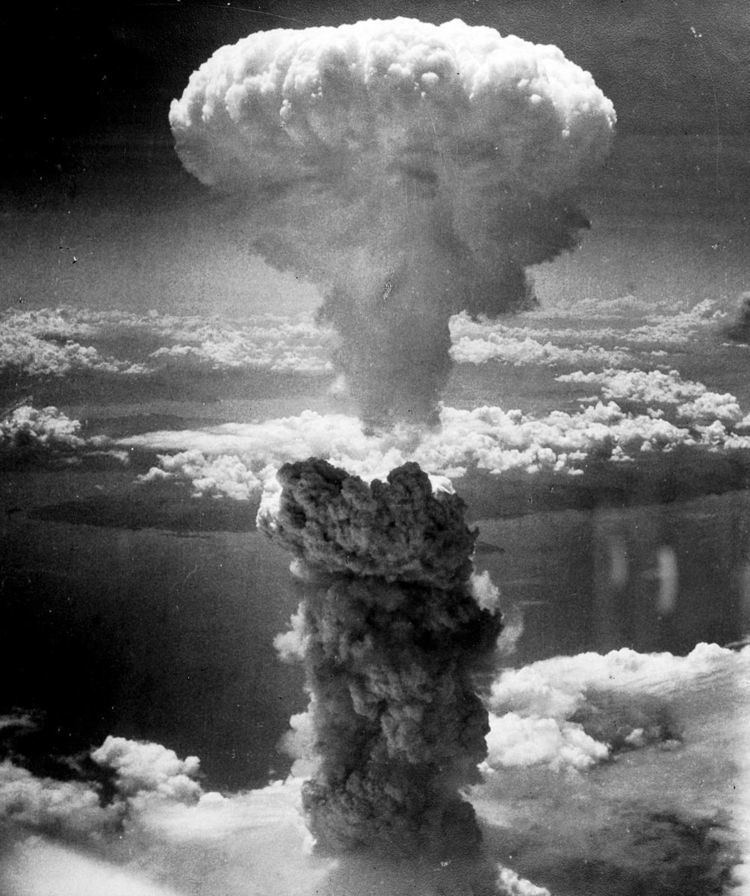| | |
|
1920s
1930s
1940s
1950s
1960s |
Events in the year 1945 in Japan.
1945 was the last year of World War II and the first year of the Allied occupation.
(Text) CC BY-SA

